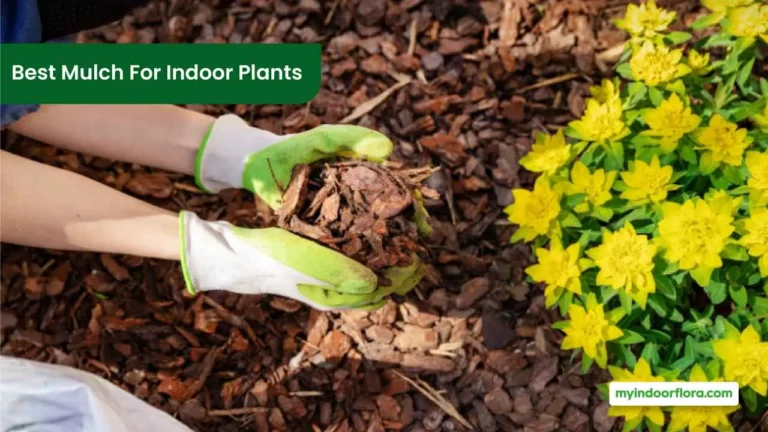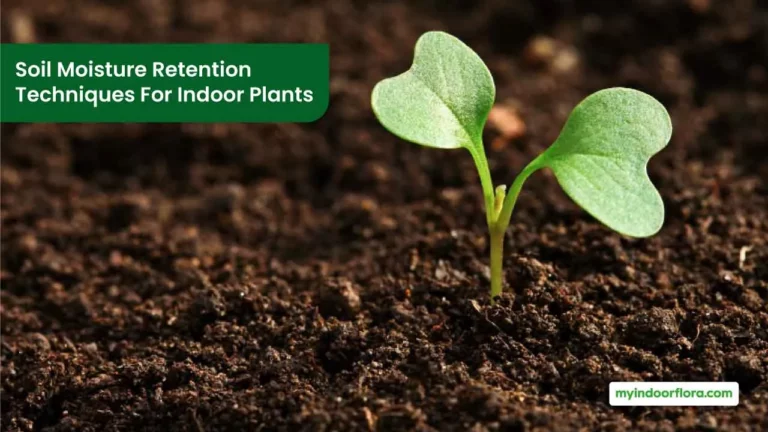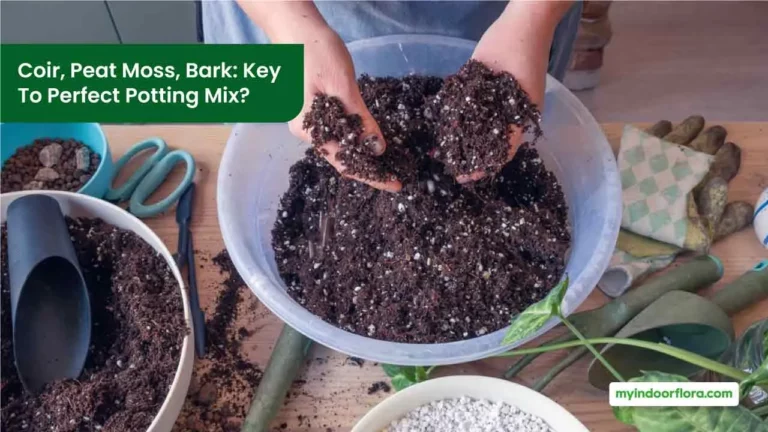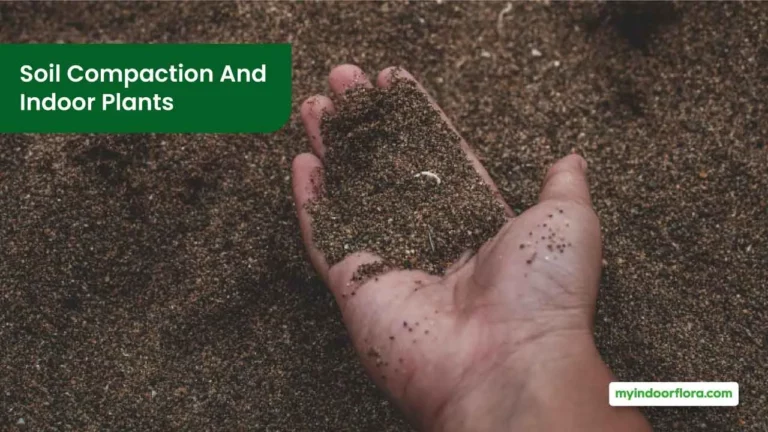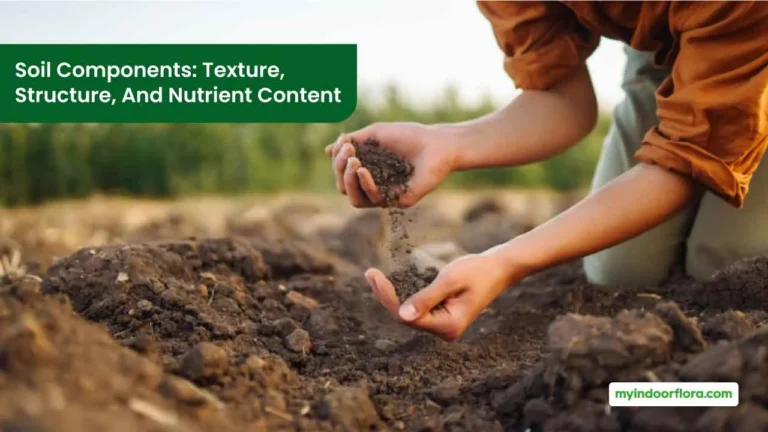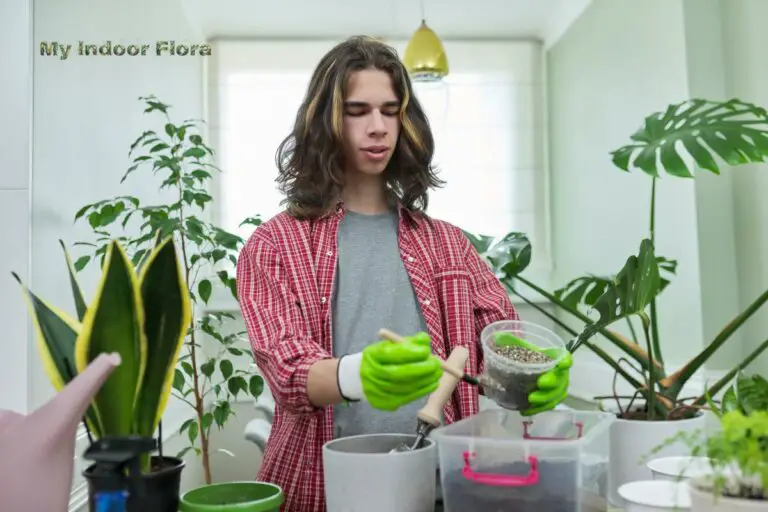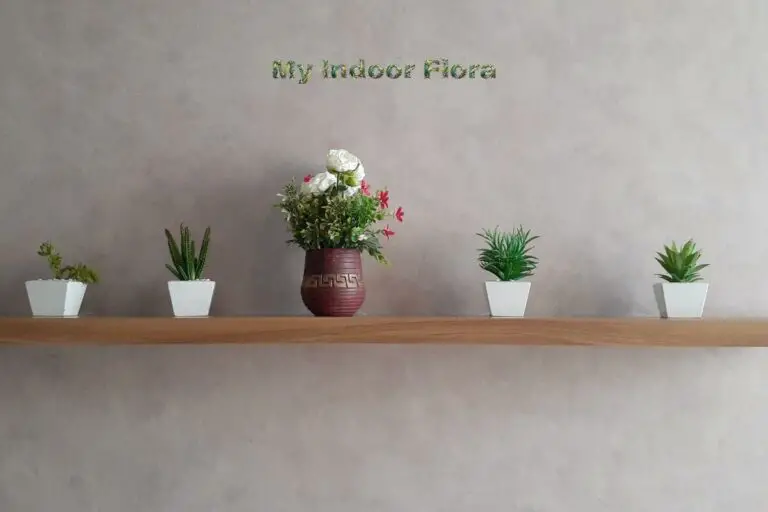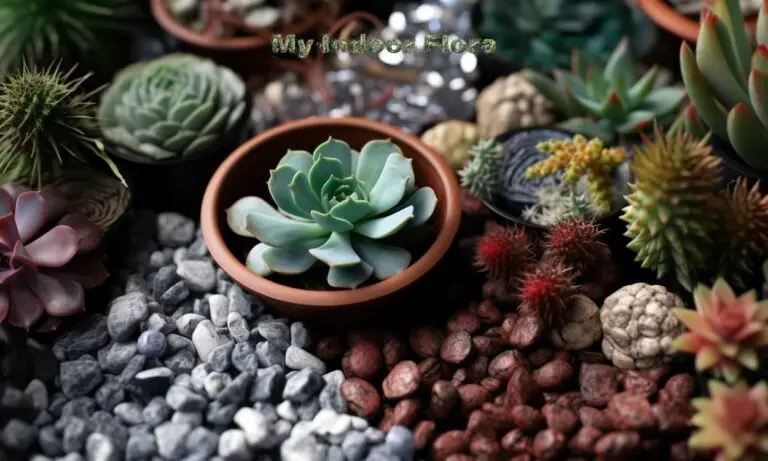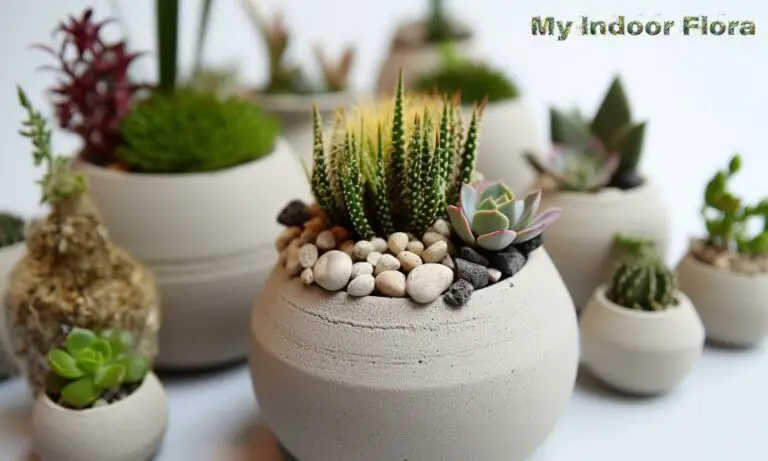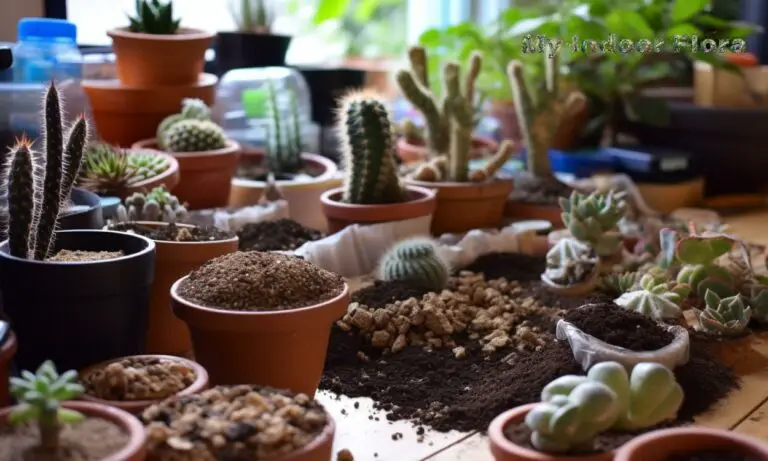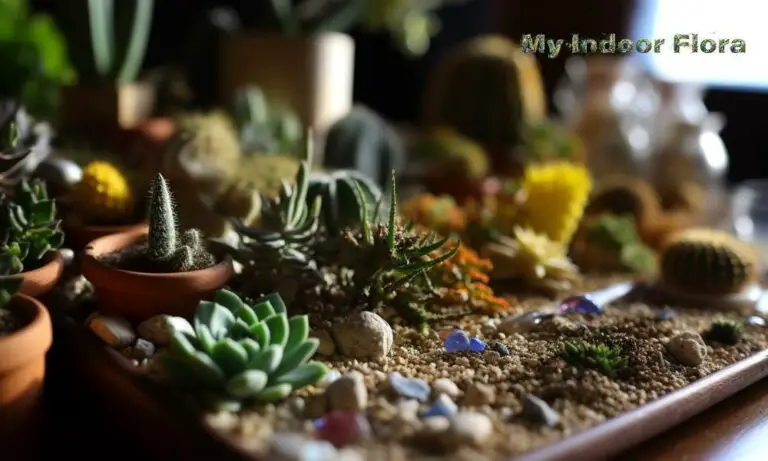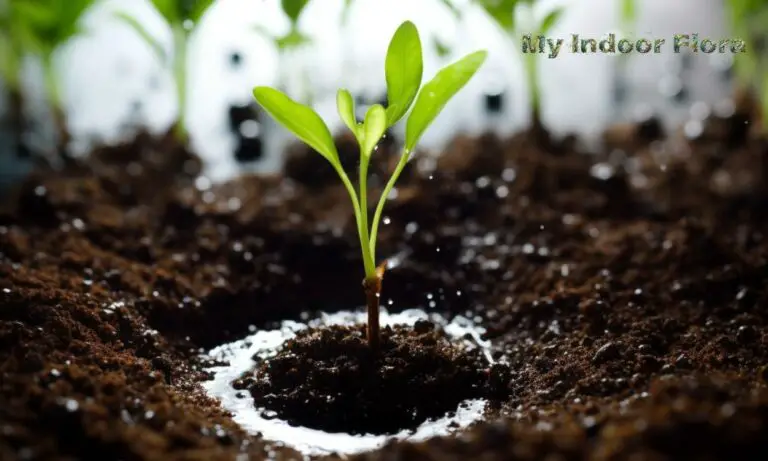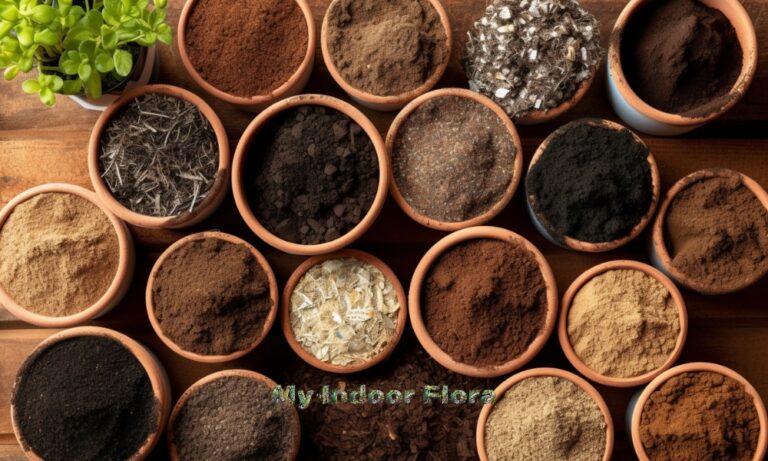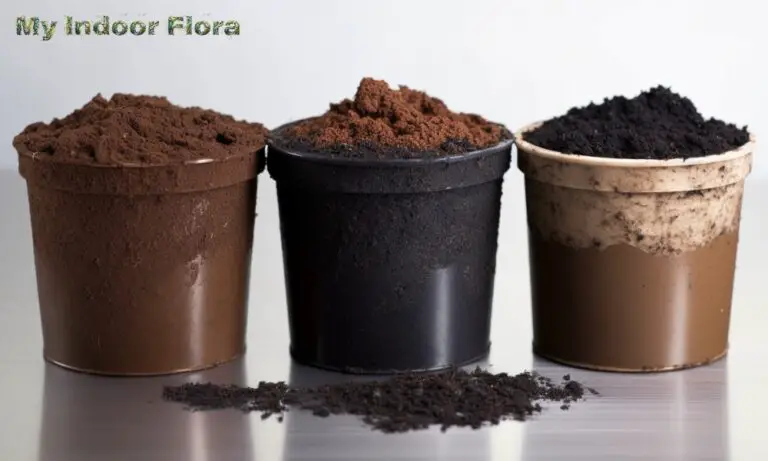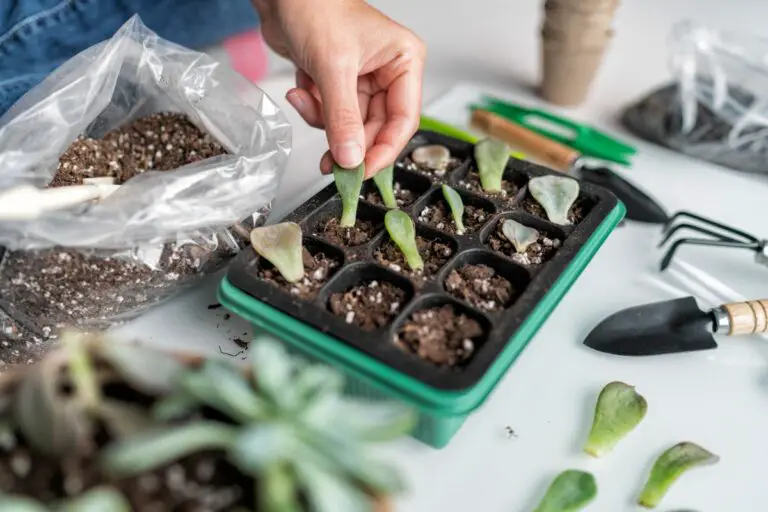A thriving indoor garden can transform any living space, providing a breath of fresh air and a touch of nature to our homes and offices. However, cultivating healthy, vibrant plants requires more than just a green thumb. One of the most crucial elements to successful indoor gardening is selecting the right soil and potting mix for each plant.
In this comprehensive guide, we’ll explore the ins and outs of potting mixes for indoor plants, covering everything from their composition and selection to maintenance and troubleshooting. Get ready to unearth the secrets of soil and potting mixes, and watch your indoor plants flourish like never before!
What is Soil and Potting Mix: The Difference
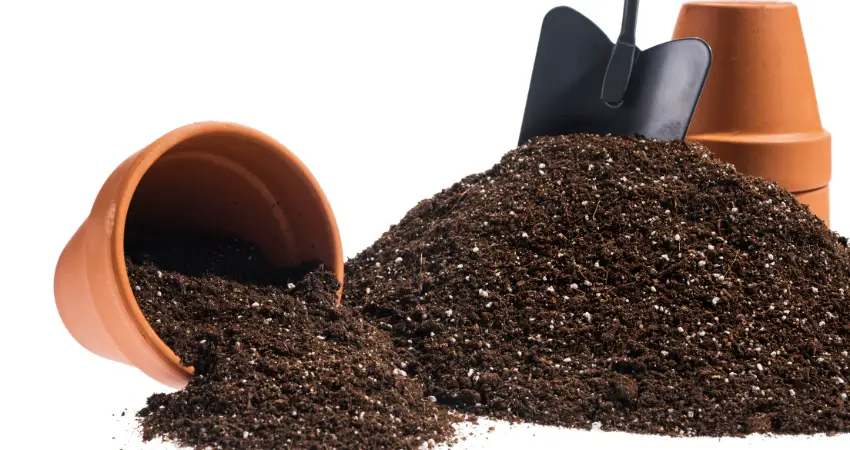
To begin, let’s dive into what soil and potting mixes are and how they differ.
Soil is a complex, living medium composed of minerals, organic matter, water, air, and microorganisms. It acts as a natural habitat for plant growth, providing nutrients, moisture, and support to plant roots.
Potting mix, on the other hand, is a lightweight, soilless mixture designed specifically for use in containers or pots. It’s formulated to provide optimal conditions for indoor plants, including proper drainage, aeration, and nutrient retention.
One major distinction between soil and potting mix is that the former is heavier and denser, while the latter is typically lighter and more porous. Potting mixes are engineered to meet the specific needs of indoor plants, whereas soil is best suited for outdoor gardens.
What Are The Components of a Potting Mix?
A potting mix consists of three primary components:
- Organic materials provide structure and hold moisture, as well as supply nutrients to plants.
- Inorganic materials improve aeration and drainage, promoting healthy root growth.
- Amendments and additives enhance the mix’s properties, such as nutrient content or pH levels.
What Roles Does Potting Mix Play in Plant Growth?
The potting mix serves several crucial functions for plant growth:
- Nutrient supply: The mix provides essential nutrients that plants need to grow and develop.
- Water retention: Proper water-holding capacity is critical for indoor plants to access moisture when needed.
- Aeration and drainage: The mix should allow for adequate air circulation around the roots and prevent waterlogging.
- Root anchorage and support: A stable medium is necessary for plants to anchor their roots and grow upright.
What Are the Soil Requirements For Different Types of Indoor Plants?
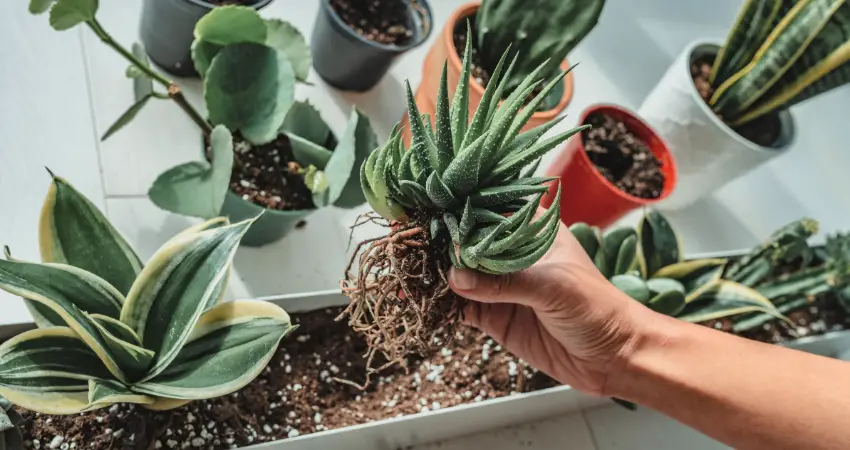
Each indoor plant has specific soil requirements that ensure optimal growth. Let’s examine some common indoor plant categories and their respective soil needs.
Foliage Plants
These plants are prized for their attractive leaves, and many can tolerate a wide range of growing conditions. Examples include pothos, snake plants, and ZZ plants. For these plants, an all-purpose potting mix is typically suitable, with proper drainage being a priority.
Flowering Plants
African violets, begonias, and peace lilies fall under this category. Flowering plants often demand a richer mix, with higher nutrient content and moisture retention. Consider using a mix that includes peat moss or coco coir, along with added fertilizers.
Succulents and Cacti
Succulents and cacti thrive in well-draining, coarse-textured mixes. They require less frequent watering and often prefer a mix containing sand, perlite, or pumice.
Ferns and Mosses
Ferns and mosses enjoy a moist environment with high humidity. A moisture-retentive mix containing peat moss or coco coir, combined with adequate drainage, is ideal for these plants.
Carnivorous Plants
Carnivorous plants like Venus flytraps and pitcher plants require a nutrient-poor, acidic mix. A combination of peat moss and perlite or sand works well for these unique plants. Avoid using fertilizers, as they can harm these nutrient-sensitive species.
Epiphytes and Orchids
Epiphytes, including orchids, air plants, and bromeliads, grow on other plants rather than in soil. They require a potting mix that provides excellent aeration and drainage. Orchid bark, tree fern fiber, or coconut husk chips are popular choices for these plants.
Bonsai and Dwarf Plants
Bonsai and dwarf plants necessitate a well-draining mix that retains some moisture and provides support. A mix of akadama, pumice, and organic materials like pine bark can create the ideal balance for these miniature plants.
How to Choose the Right Potting Mix for Your Indoor Plants?
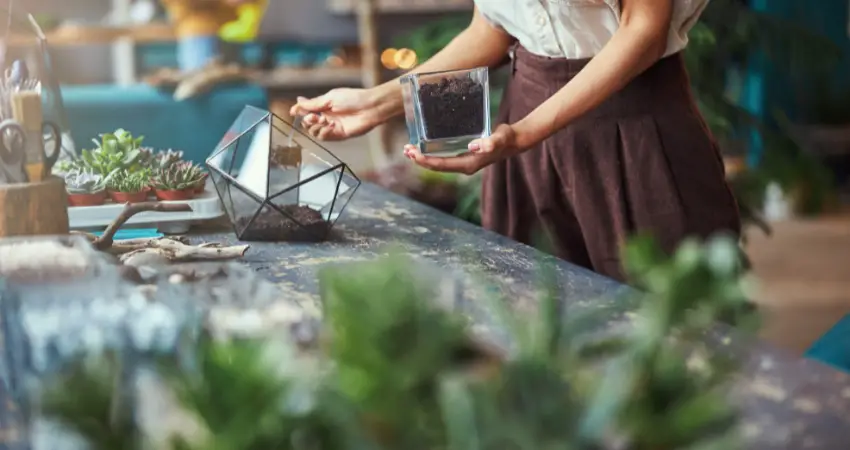
Selecting the best potting mix for your indoor plants involves assessing plant-specific requirements, comparing pre-made mixes, and potentially customizing your mix.
Assessing Plant-Specific Requirements
Before purchasing or creating a potting mix, research your plant’s specific needs. Consider factors such as:
- Water and nutrient requirements
- Preferred pH levels
- Tolerance to moisture or drought
Comparing Pre-Made Potting Mixes
Pre-made potting mixes are available in various types:
- All-purpose potting mixes are suitable for most indoor plants and generally contain peat moss or coco coir, perlite, and fertilizers.
- Specialized potting mixes cater to specific plant types, such as succulents, orchids, or African violets. They typically have a tailored composition to meet the unique needs of these plants.
Customizing Your Own Potting Mix
If you prefer to create a custom potting mix, you can:
- Choose base materials such as peat moss, coco coir, or composted bark, depending on your plant’s preferences.
- Add amendments and additives like perlite, vermiculite, or fertilizers to enhance the mix’s properties.
Key Ingredients and Their Roles in Potting Mixes
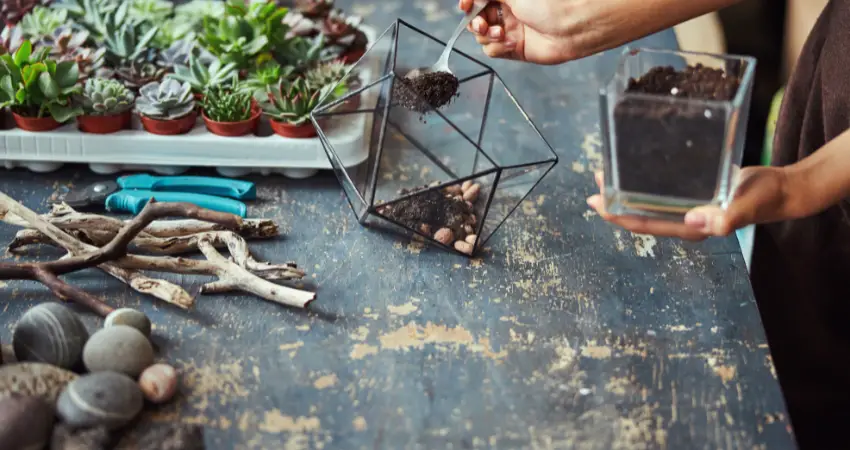
Understanding the role of each ingredient in a potting mix can help you create the perfect blend for your plants.
Organic Materials
- Peat moss is a common ingredient due to its water retention and nutrient-holding capacity. However, it’s not a sustainable resource, so consider alternatives like coco coir.
- Coco coir is a sustainable, coconut-derived material with excellent moisture retention and aeration properties.
- Composted bark and aged pine bark provide structure, drainage, and some nutrients to the mix.
- Vermicompost is a nutrient-rich organic amendment derived from worm castings.
Inorganic Materials
- Perlite is a lightweight volcanic rock that improves drainage and aeration.
- Vermiculite has similar properties to perlite but retains more moisture, making it suitable for moisture-loving plants.
- Pumice is another volcanic rock that enhances drainage and aeration, particularly suitable for succulents and cacti.
- Sand improves drainage, especially in heavier mixes.
- Expanded clay pebbles provide structure and support, as well as improve drainage.
Amendments and Additives
- Fertilizers supply essential nutrients to your plants. Slow-release granules and water-soluble options are available.
- Lime is used to raise the pH of acidic mixes, promoting nutrient availability.
- Gypsum improves soil structure and adds calcium without affecting pH.
- Mycorrhizal fungi promote nutrient uptake and overall plant health.
- Activated charcoal helps remove impurities and prevent odors, particularly beneficial for terrariums and enclosed planters.
How To Maintain Potting Mix?
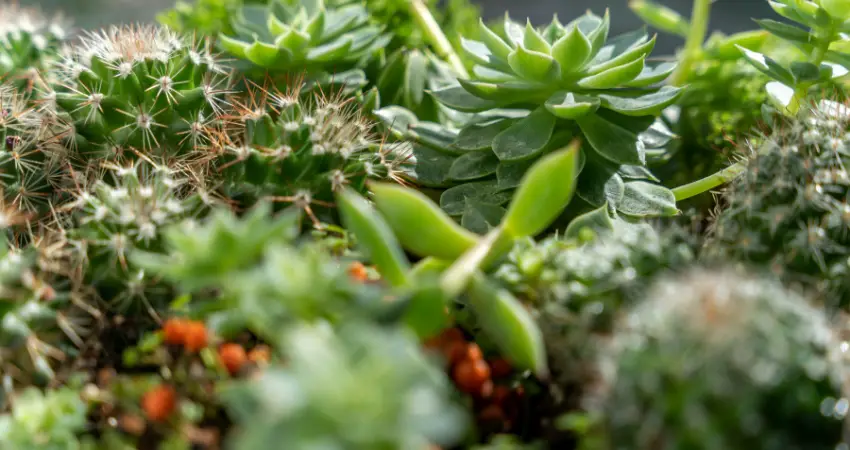
Maintaining your potting mix is crucial for keeping your indoor plants healthy.
Watering Indoor Plants
Proper watering is essential for plant health. Be mindful of the following signs:
- Over-watering: Yellowing leaves, root rot, and mold growth are indicators of excessive watering.
- Under-watering: Wilted or curling leaves, dry soil, and stunted growth signal insufficient water.
Fertilization
Feeding your indoor plants is important for their growth and development:
- Types of fertilizers: Choose from organic or synthetic fertilizers, each with their advantages and disadvantages.
- Fertilizer application methods: Options include slow-release granules, liquid fertilizers, and foliar sprays.
- Fertilizer schedules: Follow recommended feeding schedules for your specific plants to ensure optimal nutrient levels.
Aeration and Root Pruning
Periodically aerating your potting mix and pruning your plant’s roots can promote healthy growth:
- Aeration: Gently loosen the mix’s surface with a fork or your fingers to improve air circulation around the roots.
- Root pruning: Trim away dead or overcrowded roots to promote new growth and prevent root-bound plants.
Repotting and Refreshing Potting Mix
Over time, your potting mix may become compacted or depleted of nutrients:
- Signs your plant needs repotting: Look for roots growing out of the drainage holes, slowed growth, or wilting despite proper watering.
- Steps to repotting: Carefully remove the plant from its container, prune roots if necessary, and place it in a larger pot with fresh potting mix.
How To Troubleshoot Common Potting Mix Issues?
Addressing potting mix issues can help prevent plant problems:
- Root rot: Ensure proper drainage and avoid over-watering to prevent this issue.
- Fungal diseases: Improve air circulation and avoid over-watering to reduce the risk of fungal infections.
- Pest infestations: Keep your potting mix clean and free of debris, and regularly inspect your plants for pests.
- Nutrient deficiencies and toxicities: Adjust your fertilization practices and consider the pH levels of your mix.
- Salinity and pH imbalances: Test your potting mix’s pH and salinity levels, and make adjustments as needed.
Sustainable Practices and Alternative Potting Mixes
Consider using sustainable materials and practices when selecting or creating potting mixes:
- Peat-free potting mixes: Opt for coco coir or other sustainable alternatives to peat moss.
- Recycled materials in potting mixes: Consider using compost, aged bark, or coconut husk chips as sustainable components.
- Organic and natural amendments: Choose organic fertilizers and natural amendments to promote eco-friendly gardening.
- Reducing waste in potting mix production and use: Reuse and recycle potting mix materials when possible, and minimize waste during repotting.
Conclusion
In summary, understanding the importance of selecting the right potting mix is essential for creating a thriving indoor garden. With some research, experimentation, and careful maintenance, you can find the ideal blend for each of your indoor plants. So, get mixing and watch your indoor garden flourish!

